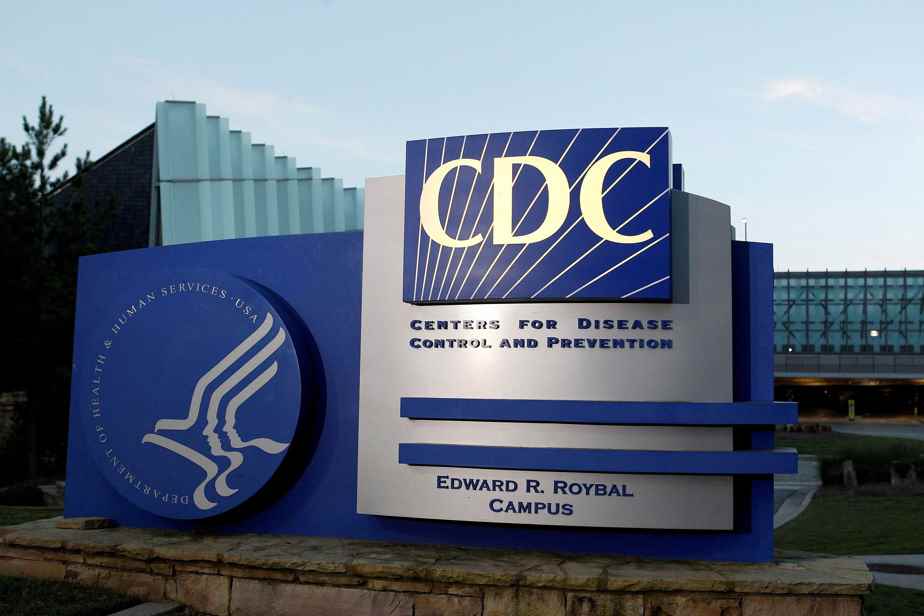(New York) The sharp rise in cases of certain sexually transmitted and blood-borne infections (STBBIs) or sexually transmitted diseases (STDs) — including a 26% increase in new syphilis infections reported last year — has officials American health workers to call for new prevention and treatment efforts.
Posted yesterday at 6:31 p.m.
“It is imperative that we […] were working to rebuild, innovate and expand STBBI prevention in the United States,” said Dr.r Leandro Mena of the United States Centers for Disease Control and Prevention (CDC), in a speech Monday at a medical conference on sexually transmitted diseases.
Infection rates for some STBBIs, including gonorrhea and syphilis, have been rising for years. Last year, the rate of syphilis cases reached its highest level since 1991 and the total number of cases reached its peak since 1948. HIV cases were also up 16% last year.
Additionally, an international outbreak of monkeypox, which is spread primarily between men who have sex with men, has highlighted the worsening problem of diseases that are spread primarily through sex in the country.
The Executive Director of the National Coalition of ITSS Directors, David Harvey, called the situation “out of control”.
Officials are working on new approaches to the problem, such as home test sets for certain STBBIs that will make it easier for people to learn they are infected and take action to prevent the spread to others, a explained the Dr mena.
Another expert said that an essential part of any effort must be aimed at increasing condom use.
“It’s quite simple. More sexually transmitted infections occur when people have more unprotected sex,” said Dr.r Mike Saag, an infectious disease expert at the University of Alabama at Birmingham.
Syphilis is a bacterial disease that presents as genital sores, but can lead to severe symptoms and death if left untreated.
New syphilis infections plummeted in the United States beginning in the 1940s when antibiotics became widely available. They fell to their lowest on record in 1998, when fewer than 7,000 new cases were reported nationwide. The CDC was so encouraged by the progress that it launched a plan to eliminate syphilis in the United States.
But in 2002, cases started to climb again, mostly among gay and bisexual men, and it has continued. In late 2013, the CDC ended its elimination campaign in the face of limited funding and a growth in cases, which that year topped 17,000.
In 2020, nearly 41,700 cases were recorded and they increased further last year, rising to more than 52,000.
The per capita case rate has also increased, reaching about 16 cases per 100,000 people last year. This is the highest in three decades.
Screening, prevention, funding
Rates are highest among men who have sex with men, as well as among blacks, Hispanic Americans, and Indigenous people. Although the rate for women is lower than for men, officials noted that it has increased more dramatically — up to around 50% in the past year.
It’s linked to another problem — the rise in congenital syphilis, in which infected mothers pass the virus on to their babies, potentially leading to child death or health problems like deafness and blindness. Annual cases of congenital syphilis were only about 300 ten years ago; they rose to nearly 2,700 last year. Of last year’s tally, 211 were stillbirths or infant deaths, said the Dr mena.
The rise in syphilis and other STBBIs can have multiple causes, experts say. Testing and prevention efforts have been hampered by years of insufficient funding, and the spread may have worsened — especially during the pandemic — due to delayed diagnosis and treatment. Drug and alcohol use can contribute to risky sexual behavior. In addition, condom use has decreased.
And there may have been an upsurge in sexual activity as people emerged from the COVID-19 lockdown. “People feel liberated,” D said.r Saag.
The arrival of monkeypox added a heavy additional burden. The CDC recently sent a letter to local and state health departments indicating that their HIV and STBBI resources could be used to address the monkeypox outbreak. But some experts say the government needs to provide more funding for STBBIs, not divert them.
Harvey’s group and other public health organizations are pushing for more federal funding, including at least $500 million for STBBI treatment clinics.
Dr Mena, who last year became director of the CDC’s Division of STBBI Prevention, called for reducing stigma, expanding testing and treatment services, and supporting the development and accessibility of home testing. . “I envision a day when getting tested (for STBBIs) can be as easy and affordable as taking a home pregnancy test,” he said.
